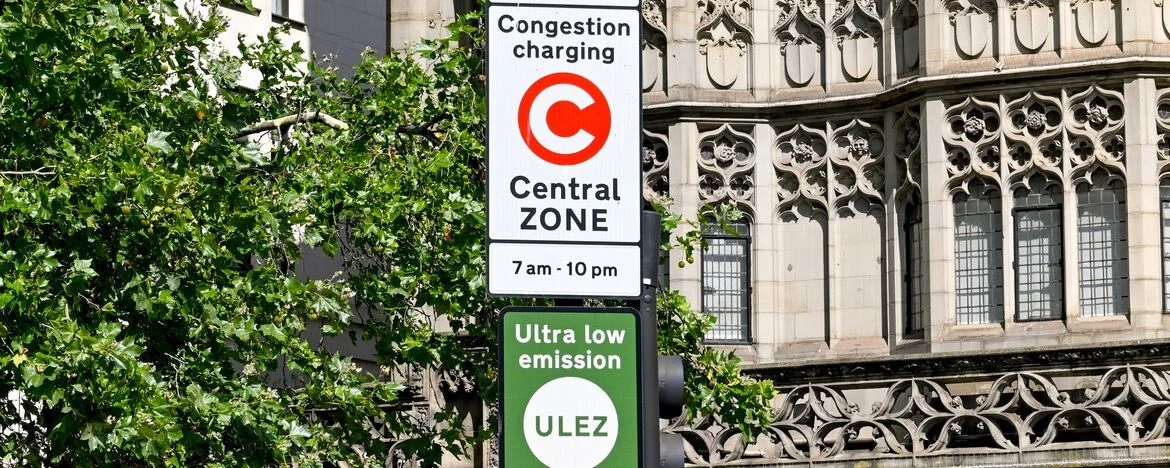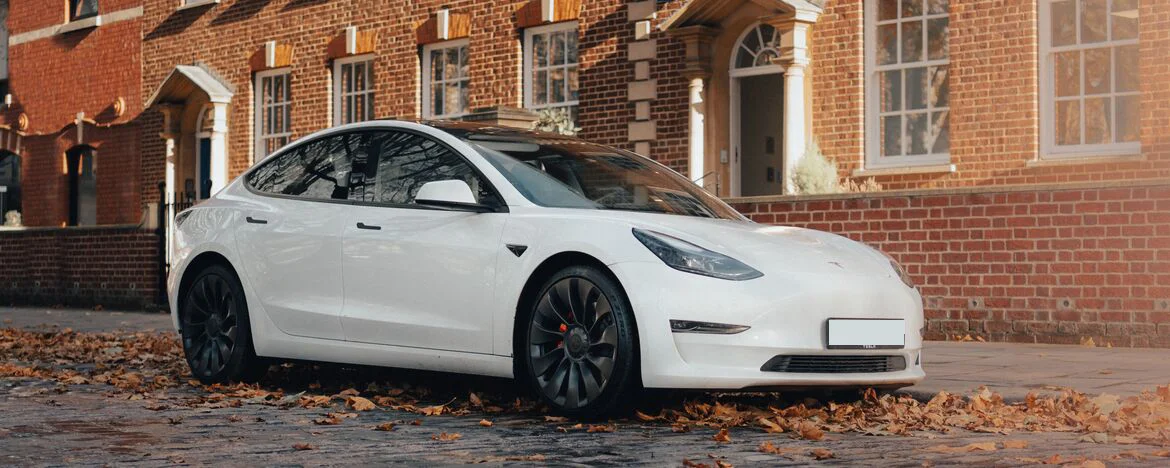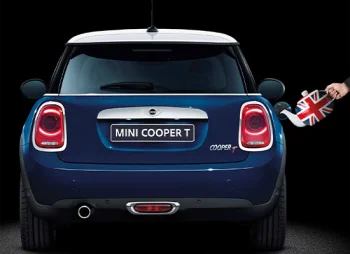Are people really going to be caught out?
The big concern seems to be that it will be individuals who can least afford to pay the tariff that are going to be caught out. But London Mayor Sadiq Khan insists that this is a misconception – that more vehicles than people may think will meet the emissions standard.
So, we decided to put our money where Mayor Khan’s mouth is. Quite handily, you can actually check whether or not your vehicle meets the standard, or if you will be charged for driving it in the ULEZ zone.
All you need is a registration number and it’s as easy as that.
So what got tested first?
This writer decided to start with the 1993 8th generation Toyota Corolla she drove during her twenties.
Now 30 years old, this beauty is probably in a scrapyard somewhere, but that matters not for the purpose of the exercise. As long as you have a licence plate number the DVLA recognise, you can check whether a car is compliant.
Unsurprisingly, that wonderful old Toyota was not – but this is a car that was first registered thirty years ago and to be honest, not many cars of this ilk are still roaming the streets.
(Certainly, this particular model is a rare find these days and another has not been seen by these eyes since it was regrettably bid goodbye at a garage in Paignton two years ago.)
No matter how well they were built and how well we take care of them, most cars that old aren’t going to be roadworthy at this point – as the older a car gets, the more expensive repairs become.
But what about a slighter newer model?
A twenty-year-old Nissan Micra – a model that’s getting on in years, but is still seen fairly frequently on our roads – was also put to the test.
And according to the ULEZ website, it’s completely compliant. A model that’s over twenty years old can be safely driven through any of the London boroughs without attracting the £12.50 daily charge.
So perhaps Mr Khan is not simply talking out of his elbow; you really don’t need a brand-new car, or EV, in order to be compliant with the emissions rules.
If you’re concerned at all about whether your car meets the European standard, it’s easy enough to check – and once you do so, you may find a great deal of worry leaves your mind.






